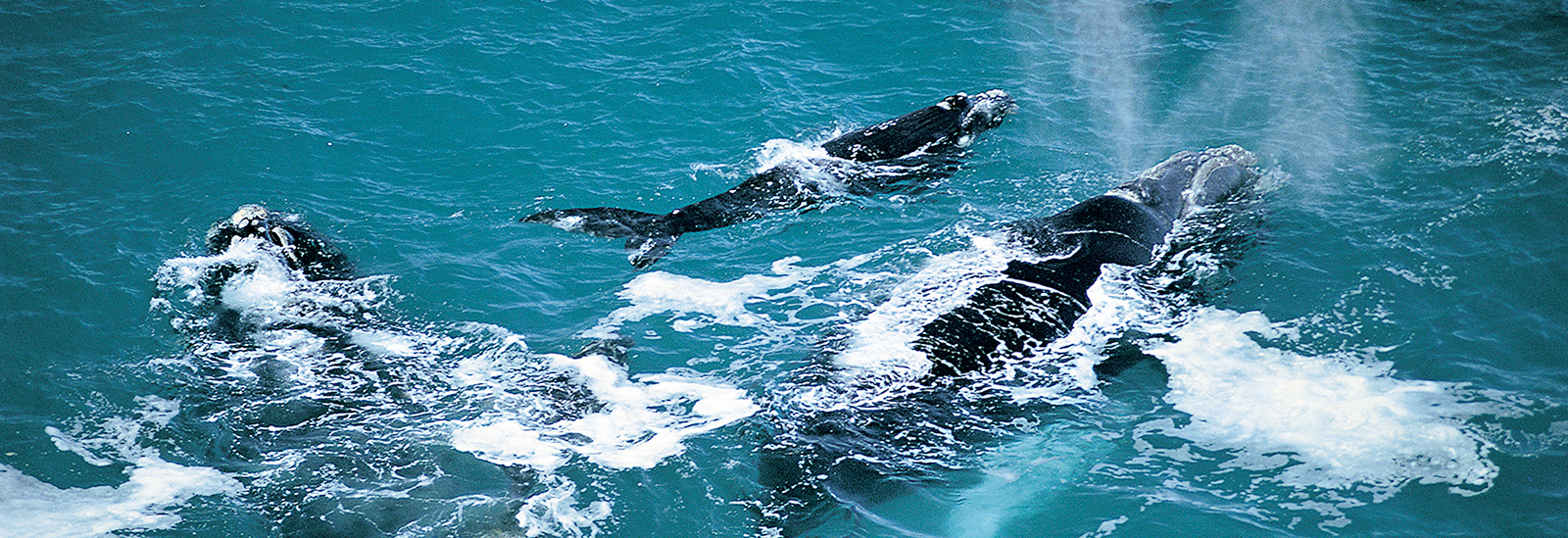
WHALE WATCHING AT EUCLA
Whale Watching along the Great Australian Bight is one of Australia's most jaw droppingly beautiful natural experiences you may ever witness. From Eucla, easily access what is renowned as one of Australia’s most spectacular whale watching sites along the Nullarbor Plain. With the backdrop of the spectacular cliffs, pristine beaches, and accessible viewing platforms, travellers are provided with a unique opportunity to view up to 170 Southern Right Whales as they frolic in the waters of the Great Australian Bight Marine Park.
Every year from May to October the Southern Right Whales arrive at the Great Australian Bight Marine Park to give birth, mate and socialise. There is never a dull moment when Whale watching along the Nullarbor, as they regularly engage in tail lobbing, flipper slapping and even head standing. Often visitors are close enough to hear the sound when they breach and their ginormous bodies hit the water. The staff at Eucla are more than happy to share their local knowledge, recent sighting times & specific whale watching locations.
Whales take up ‘residence’ along the edge of the Great Australian Bight for a 5-6 month winter period with the best time to visit June, July & August when you are almost guaranteed to see a whale. The broader "Whale Season" is actually classified as being from May through to October - with sightings during this extended period also very common.
In June & July most of the whales you see are adults but by late August you can commonly see the mothers swimming along the cliffs with their young calves at their side. Whales are usually seen in mother and calf pairs, but occasionally hang out in groups of up to 20. By the time the whales leave in October the calves have grown and have become strong enough to join their mothers on the long migration south.
Southern Right Whales were almost hunted to extinction. Because of this, these beautiful creatures have had complete protection since 1937 but they are still listed as “vulnerable”. The Great Australian Bight Marine Park is recognised as a calving ground & nursery of international significance for the species.
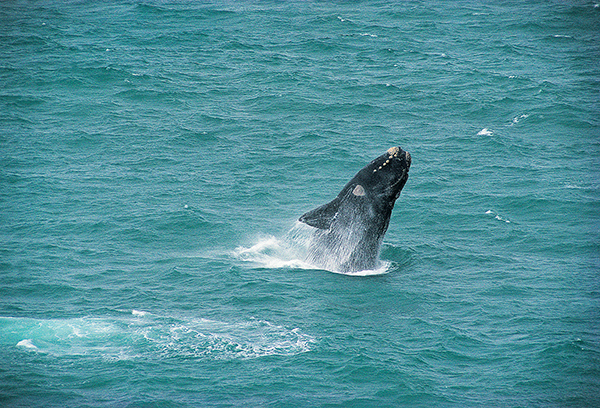
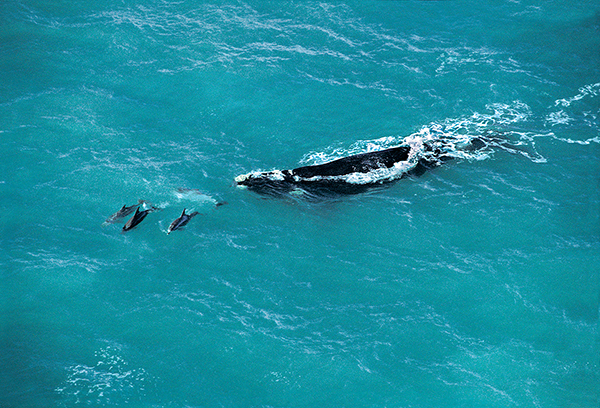
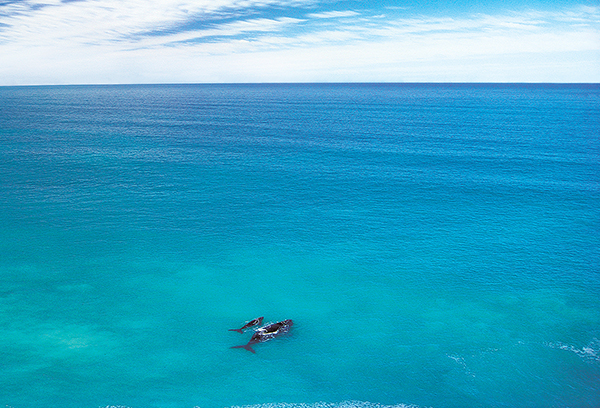
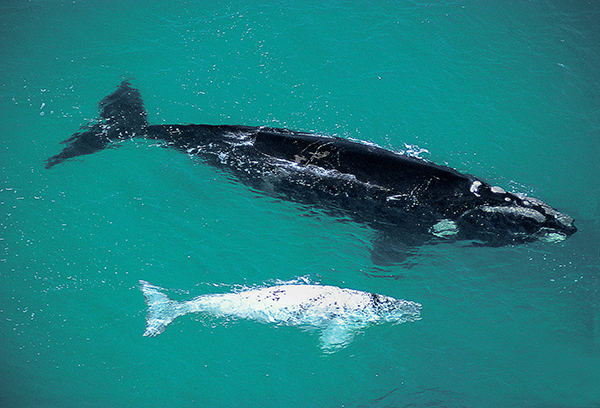
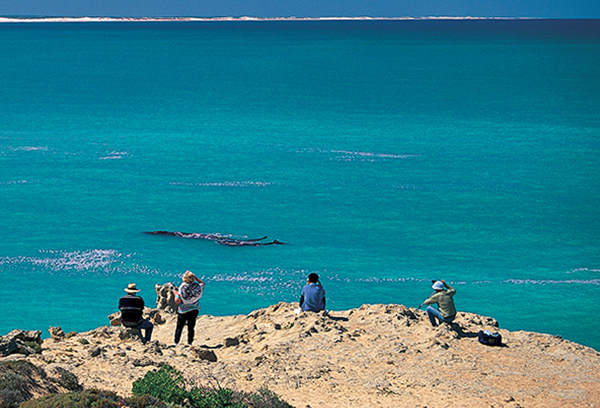
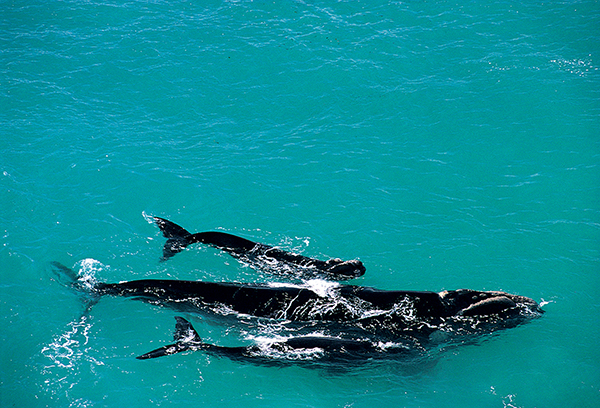
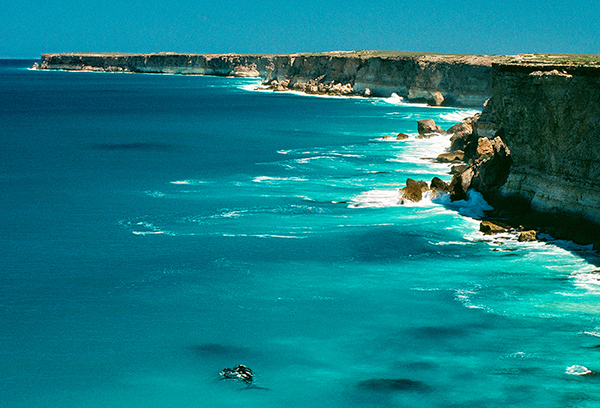
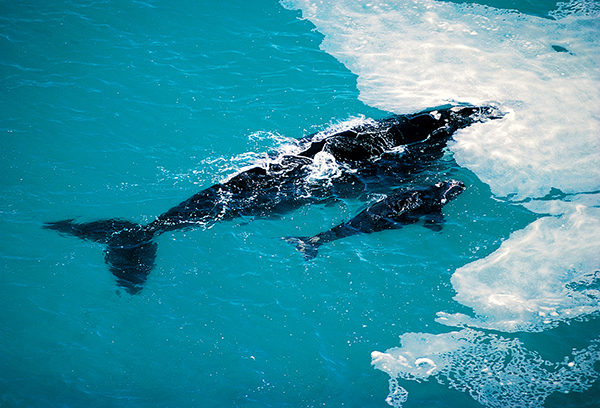
Photography RICHARD SMYTH
